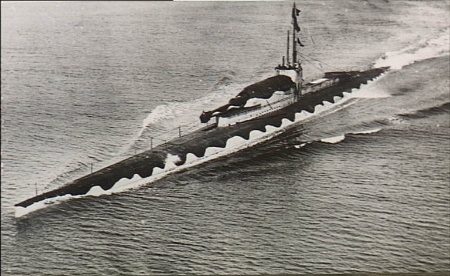Tag: Military
-
Ballast Point Park Sydney Harbour

Ballast Point Park Getting There Located near Balmain Ferry Wharf, the easiest way to get to Ballast Point Park, is ferry. When you arrive, check out the old ferry wharf building, which is now a community library. Originally a fuel storage area, Ballast Point is now a beautifully rehabilitated public space on Sydney Harbour. Intended… Read more
-
British Submarine HMS M1

HMS M1 HMS M1 was a submarine of the British Royal Navy, one of four vessels of her class ordered towards the end of the First World War. She sank with the loss of her entire crew in 1925. The vessels were originally intended as “submarine monitors”, but their purpose had been changed before detailed… Read more
-
North Head Sanctuary and Tunnels

North Head Operated by Sydney Harbour Trust, North Head is an ex-army heritage listed site. Staffed by volunteers, the Visitor Centre is an ideal point to start your exploration of the area as they can provide you with an overview of what’s available. Our visit on a Sunday corresponded to the day that a guided… Read more